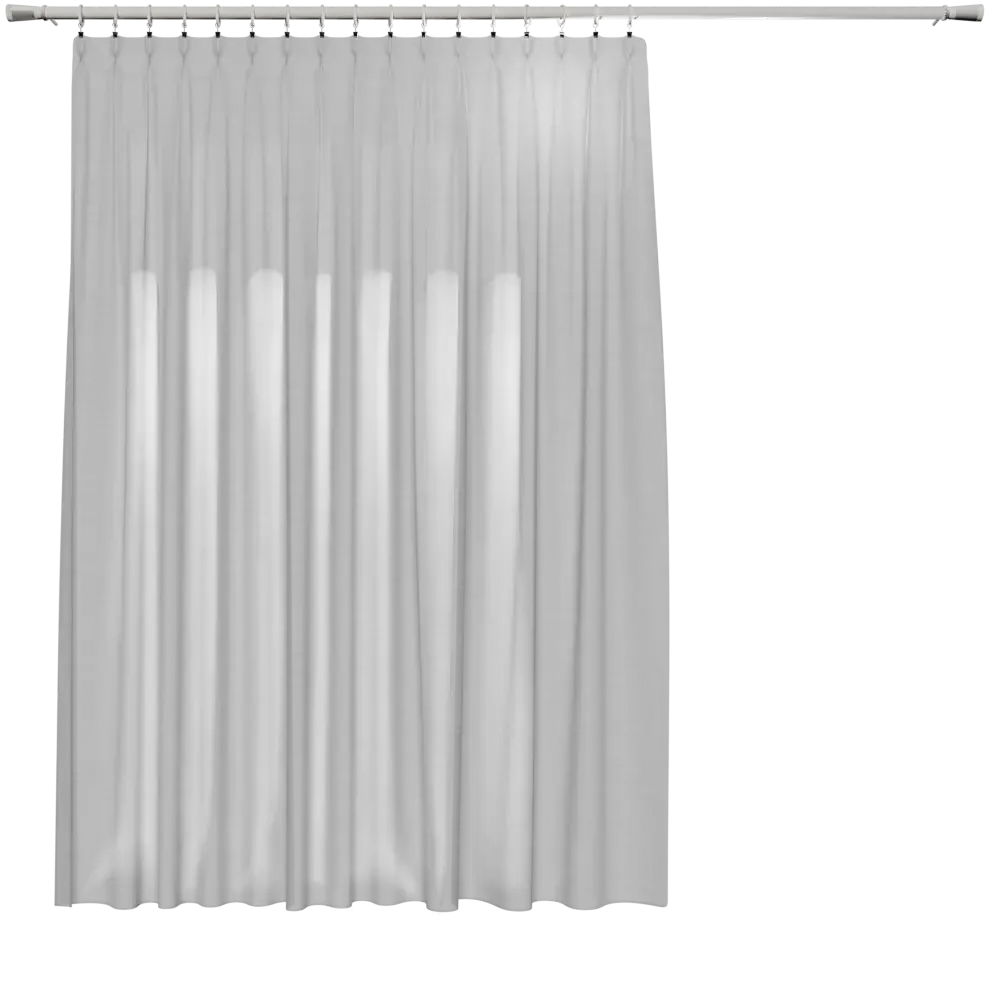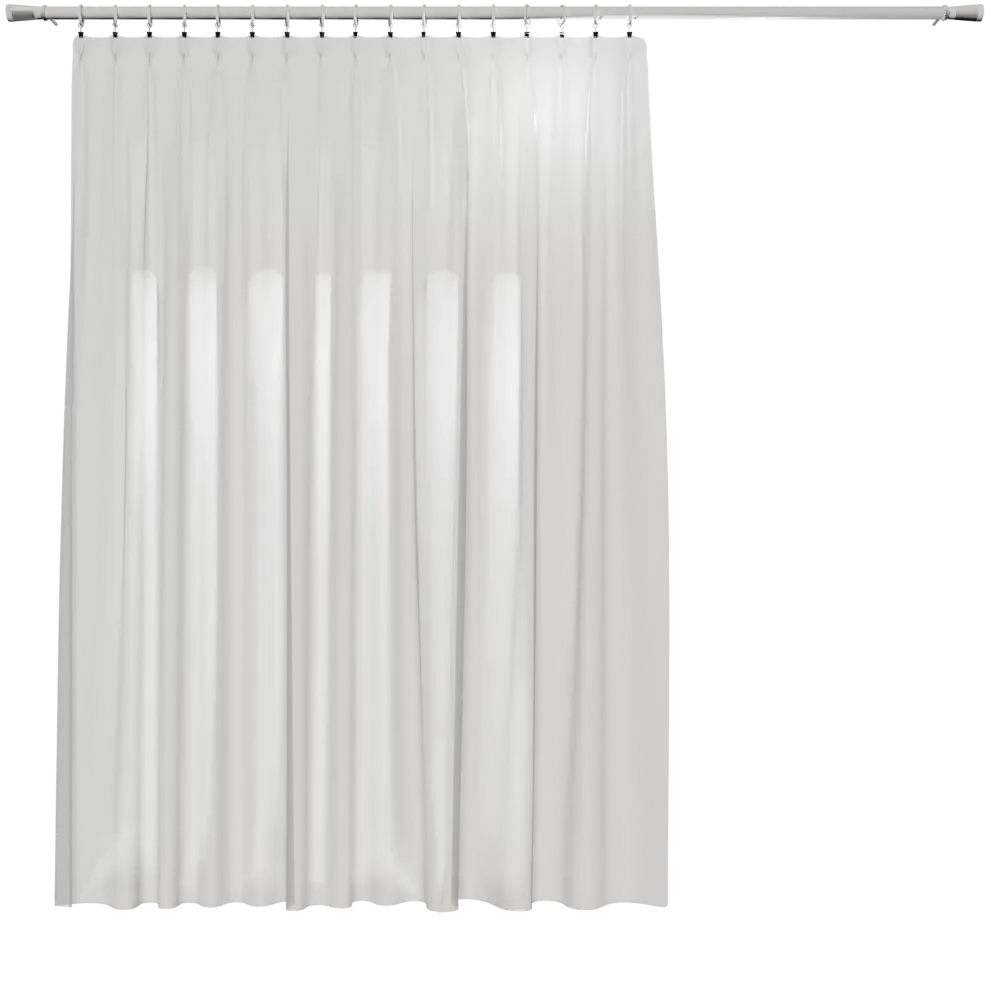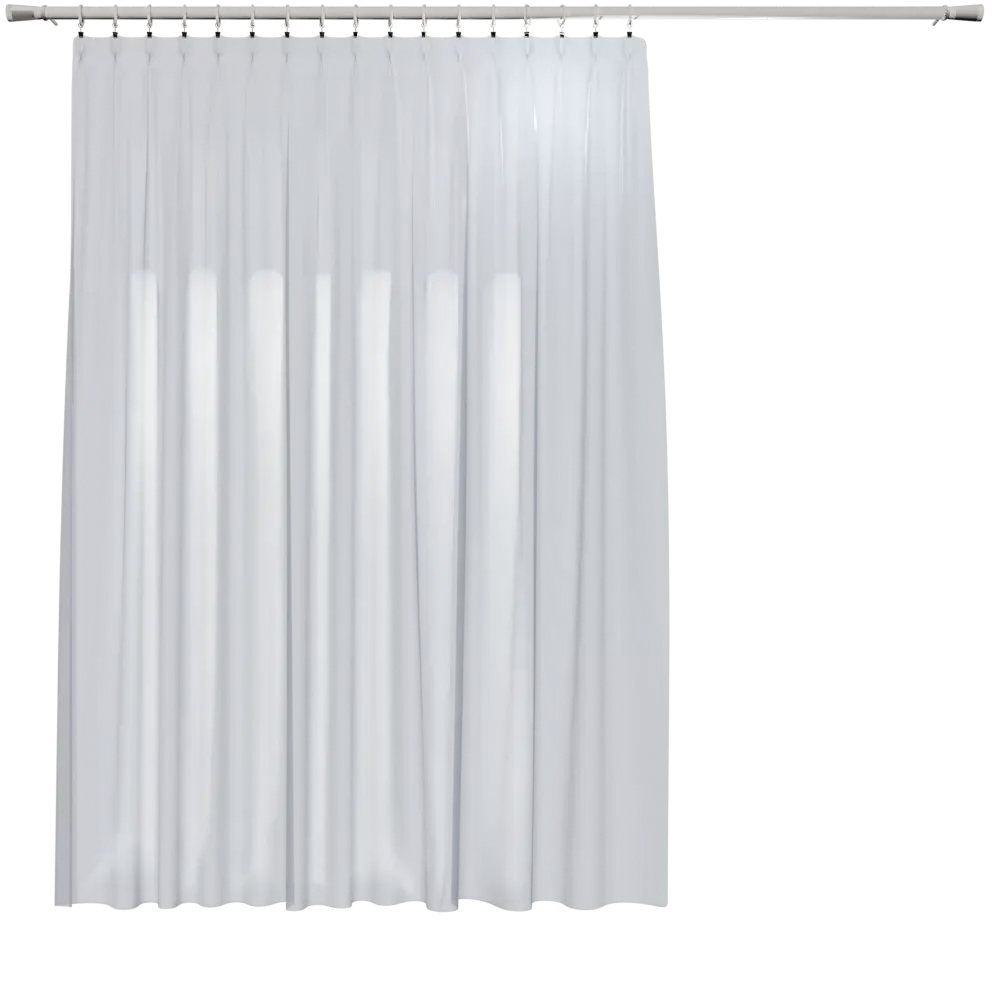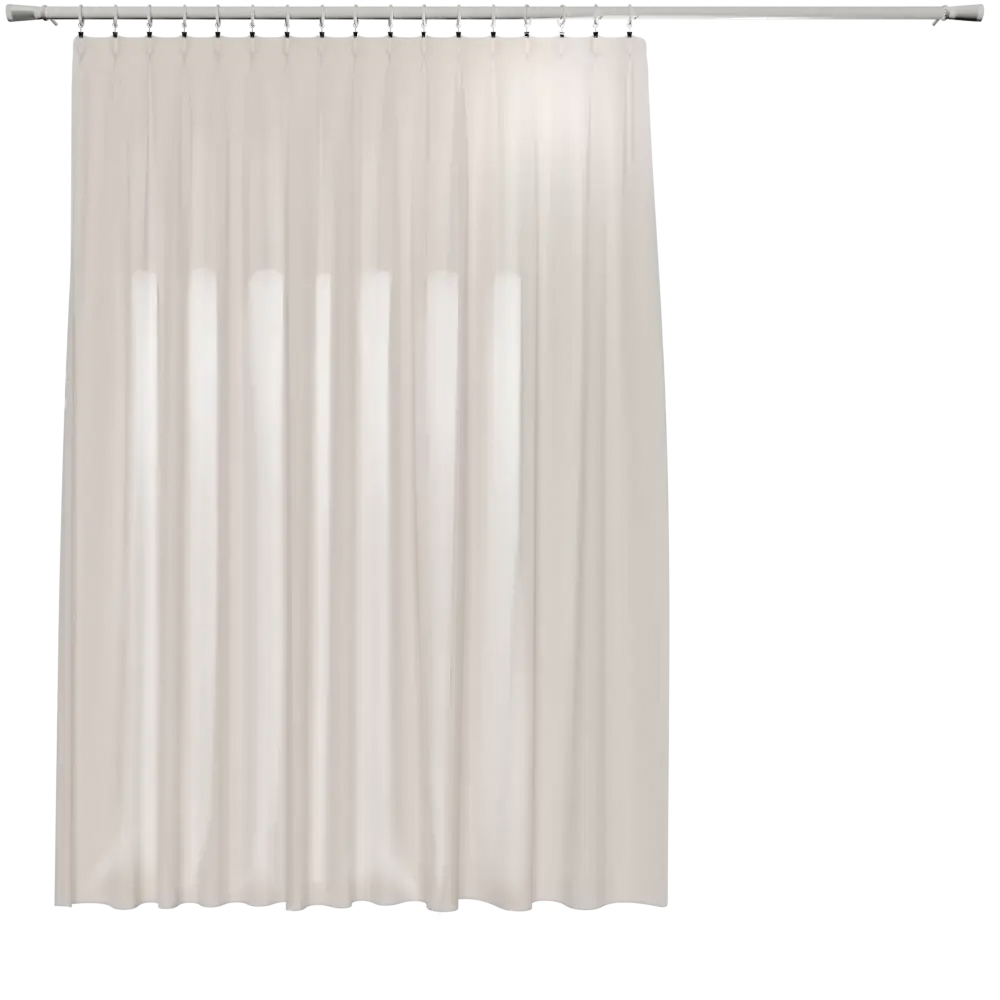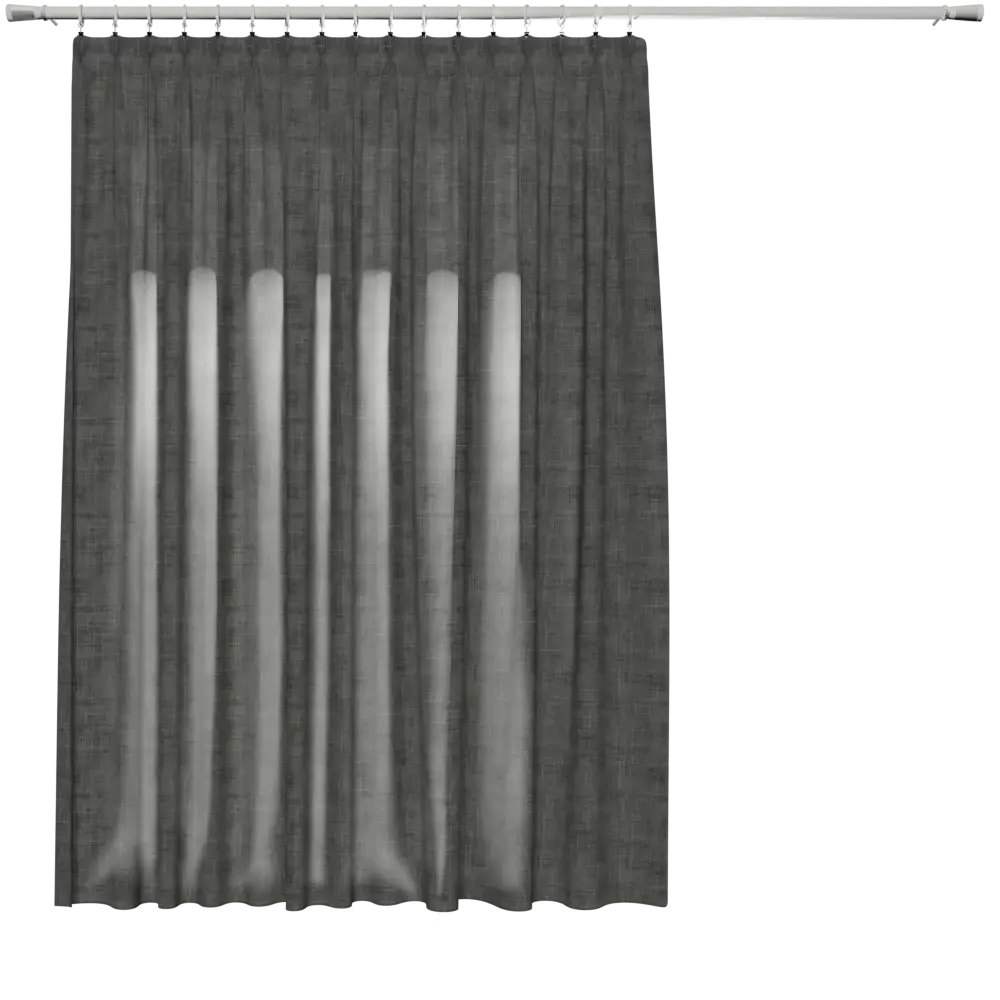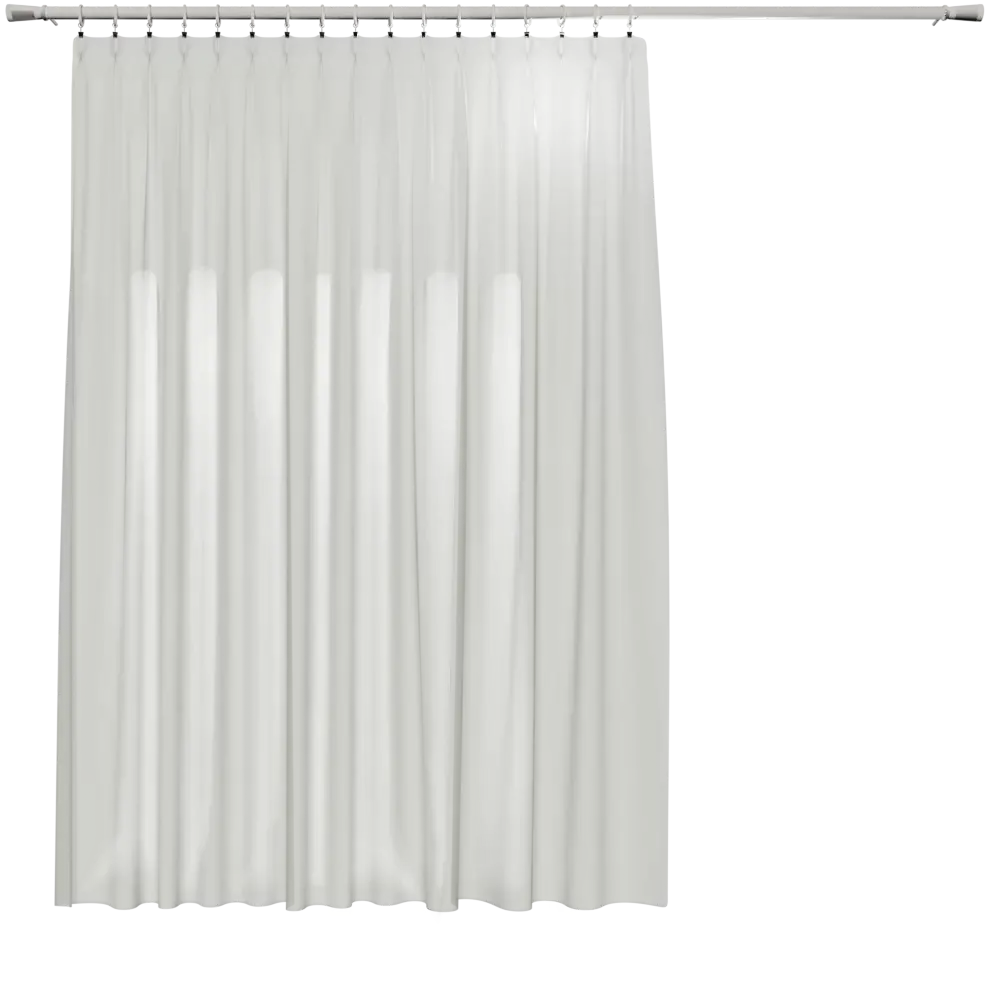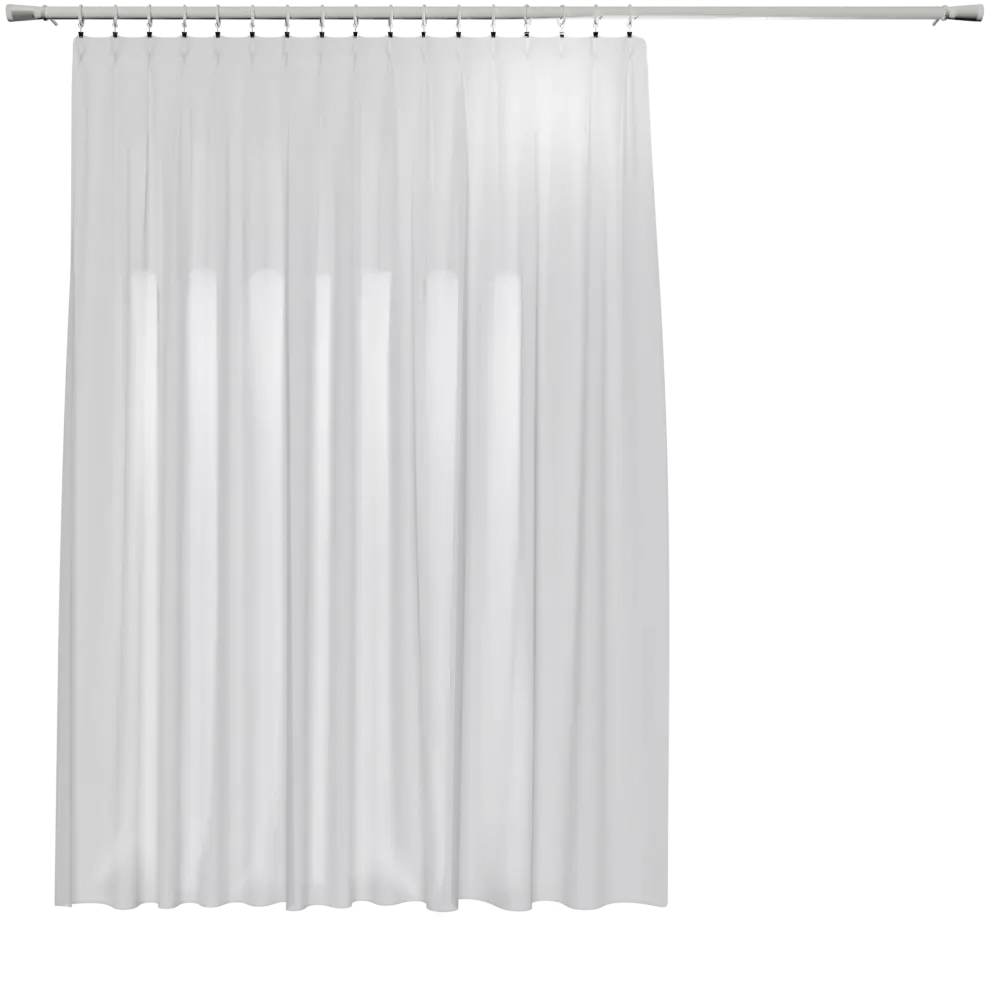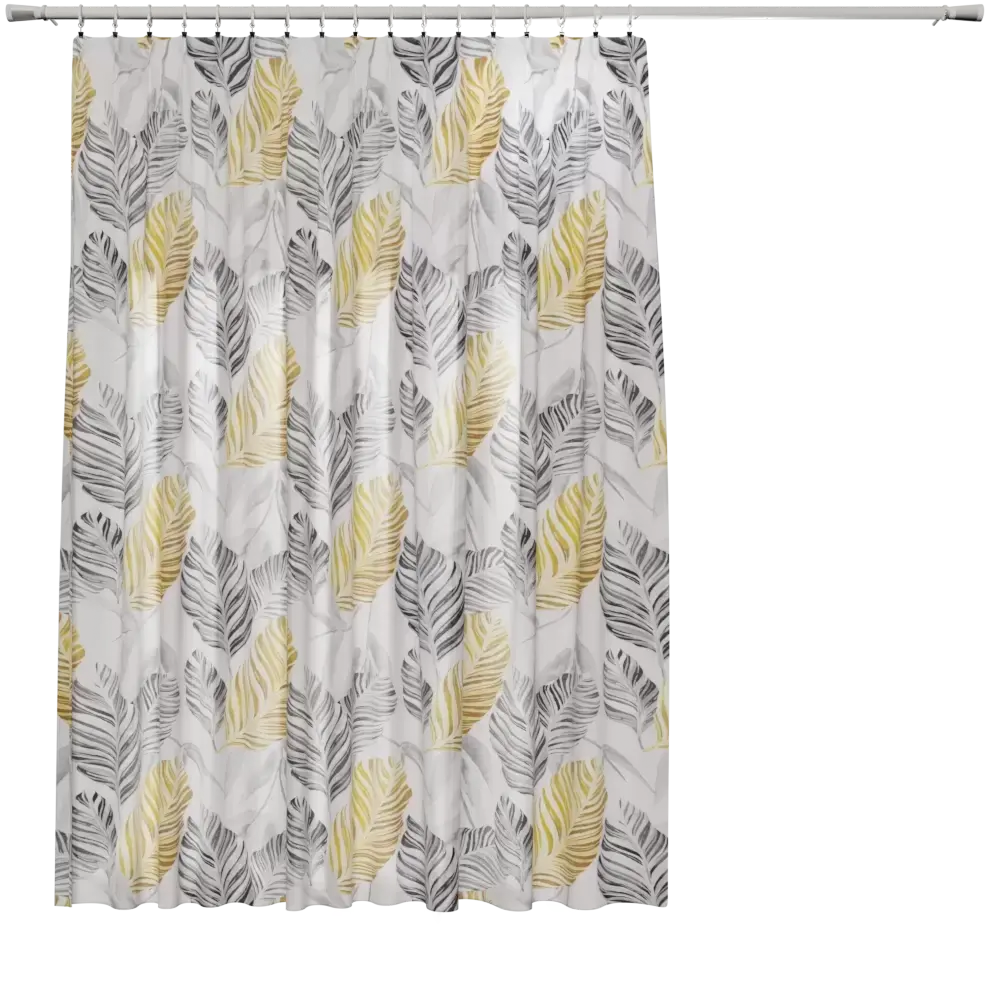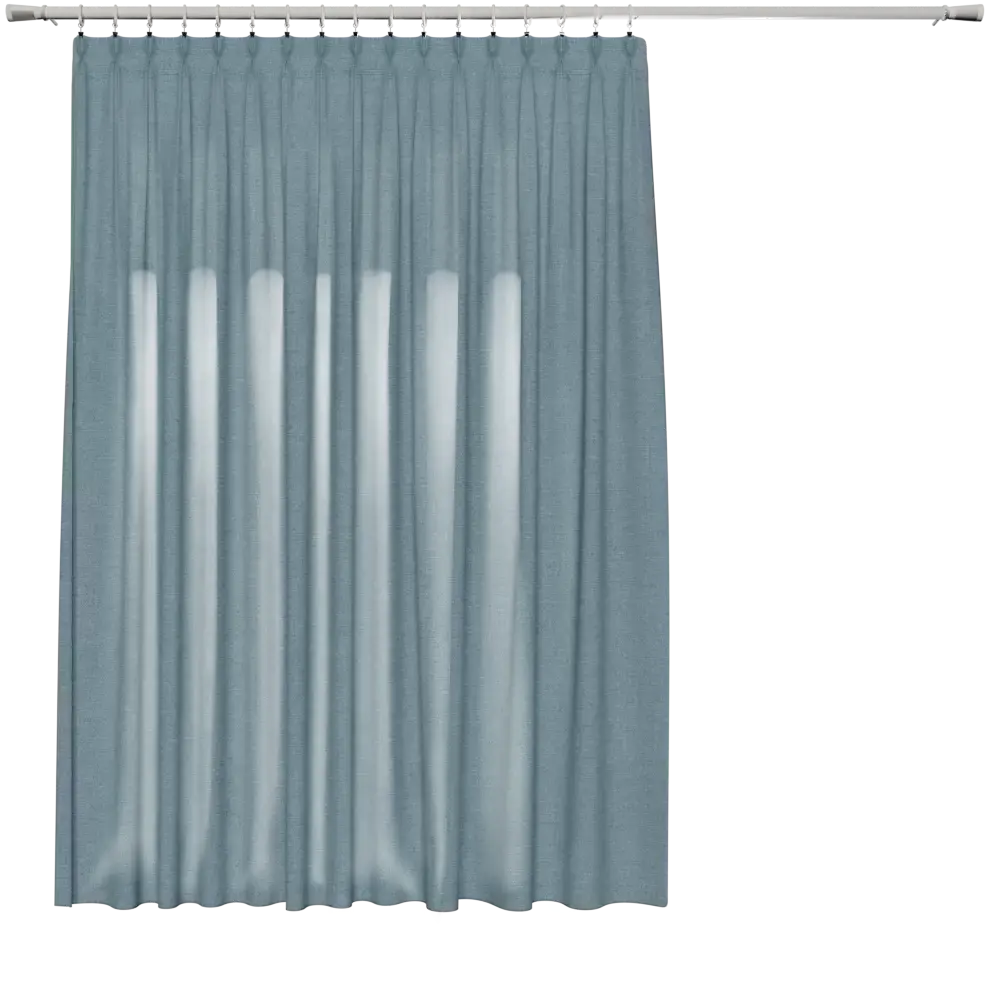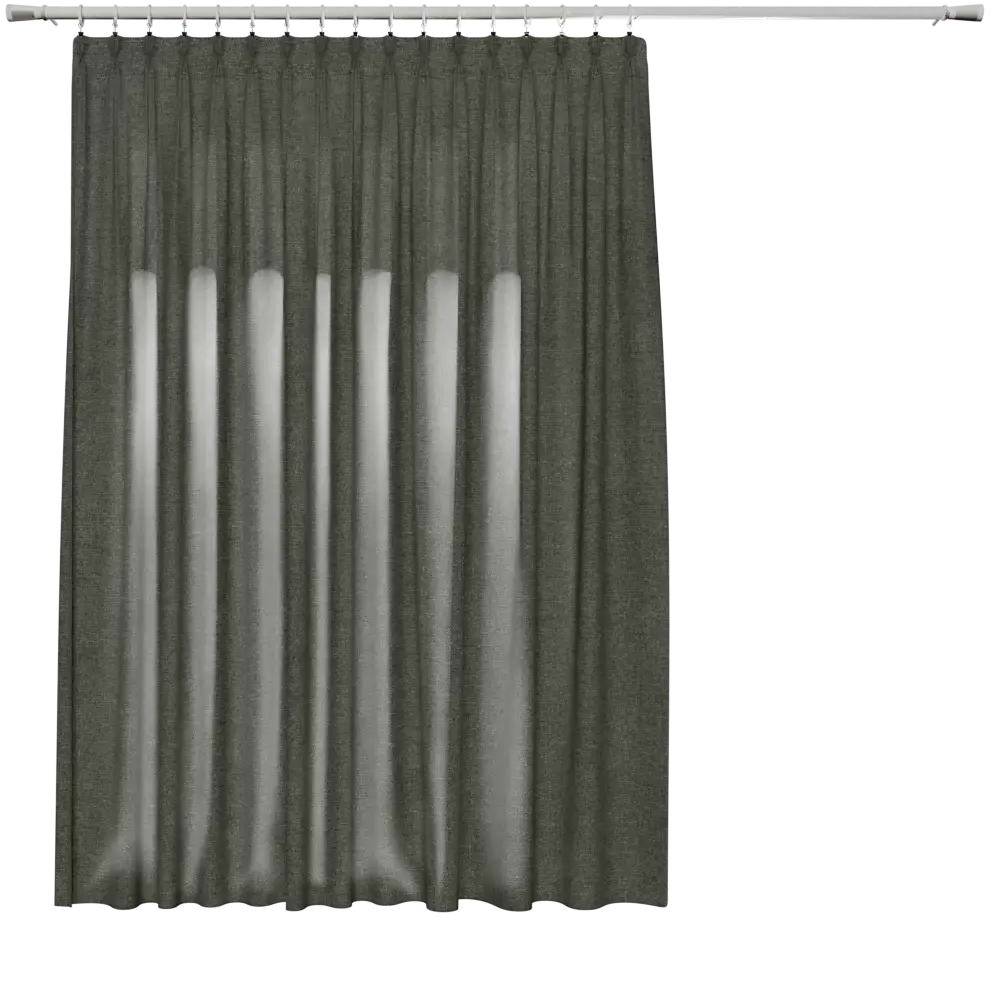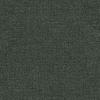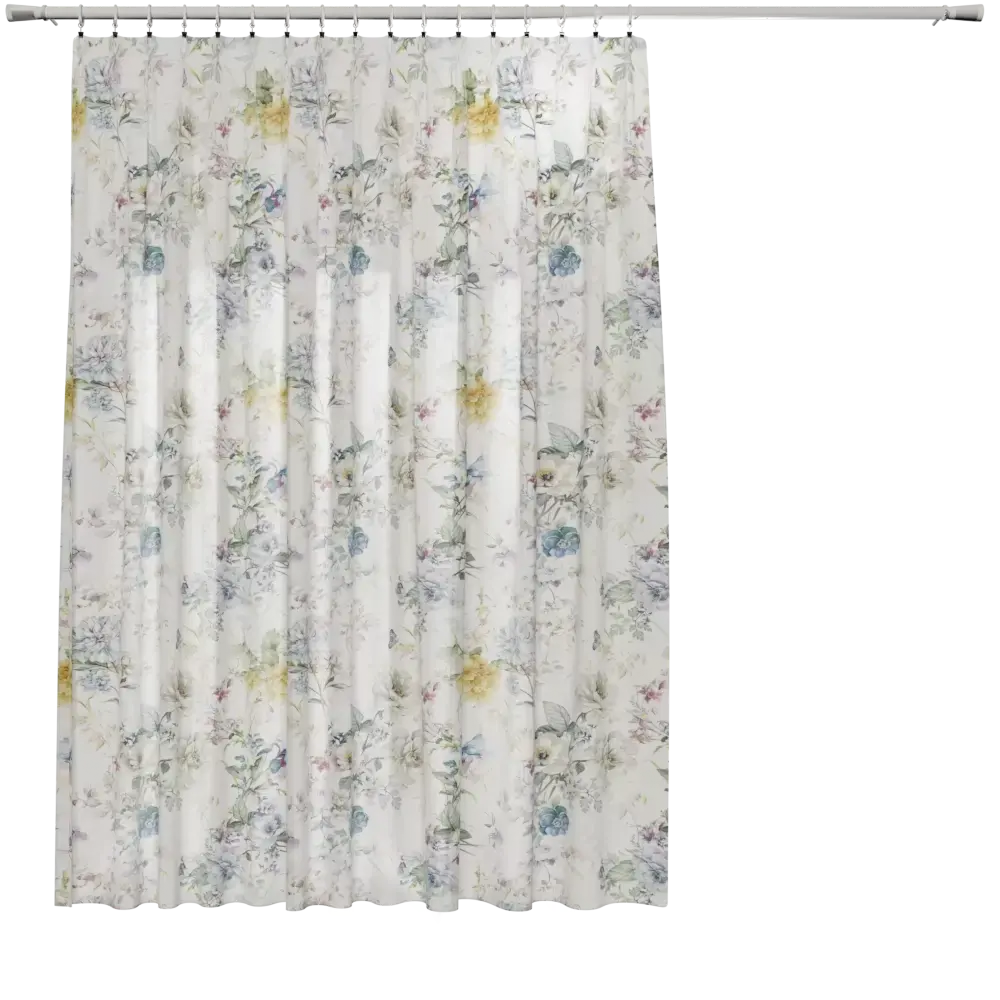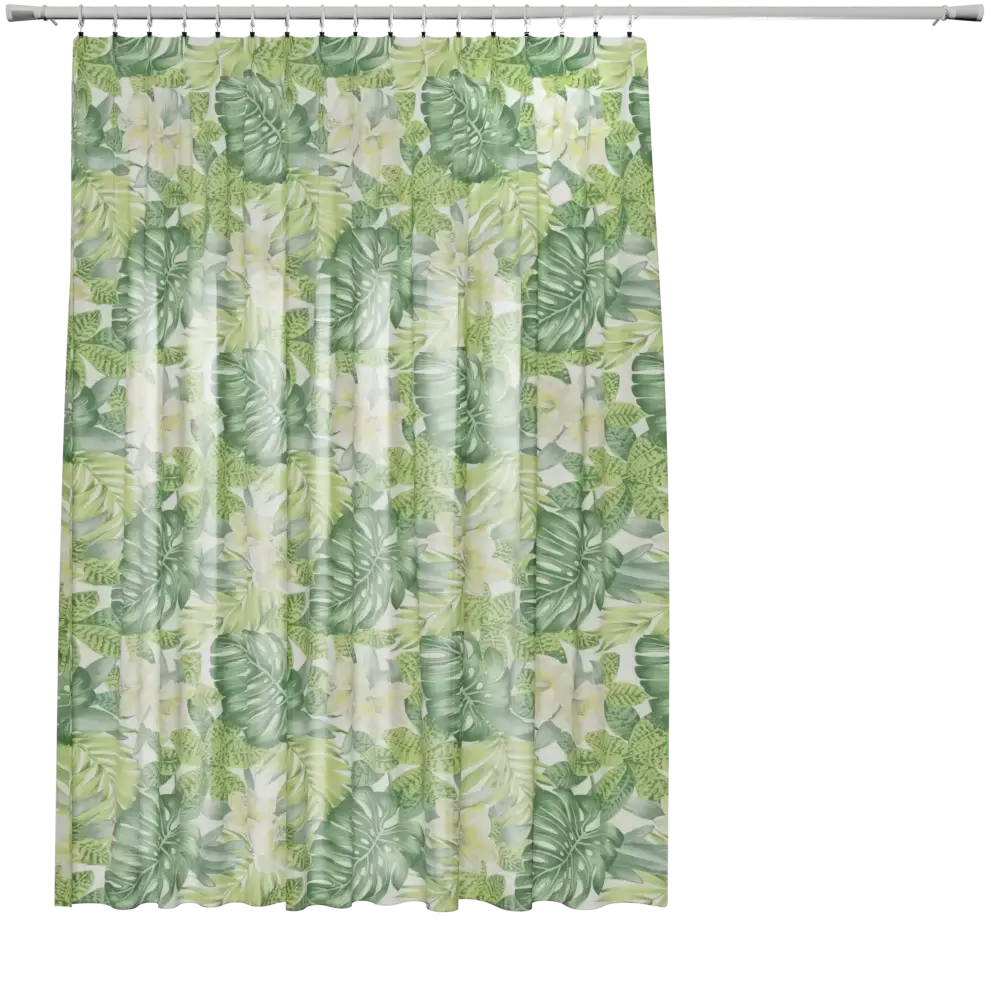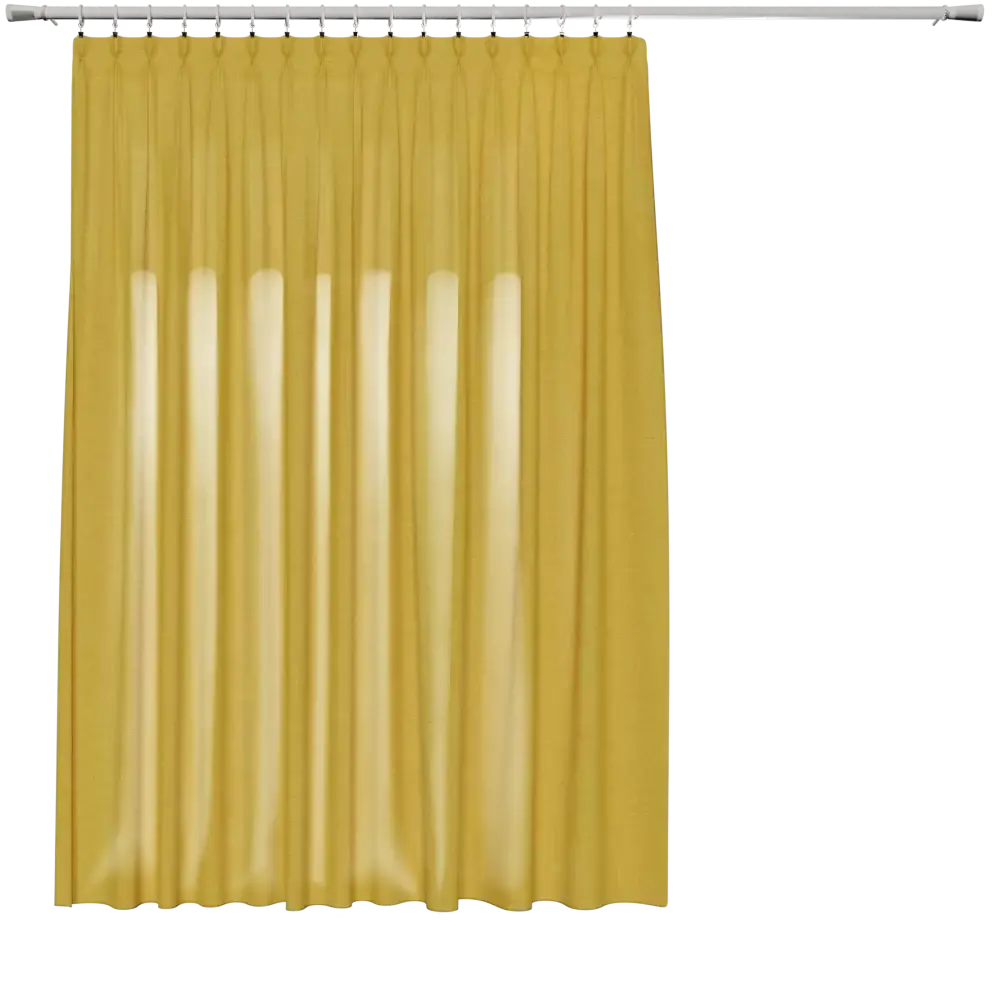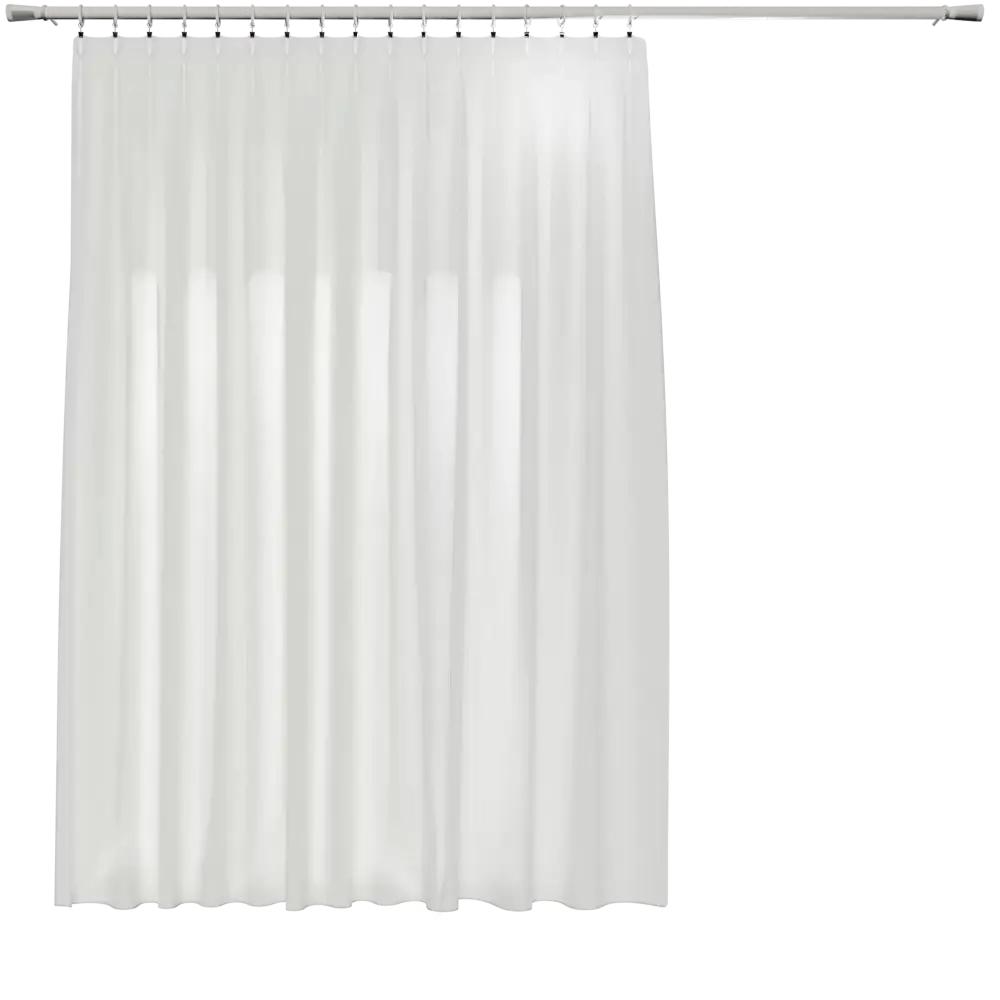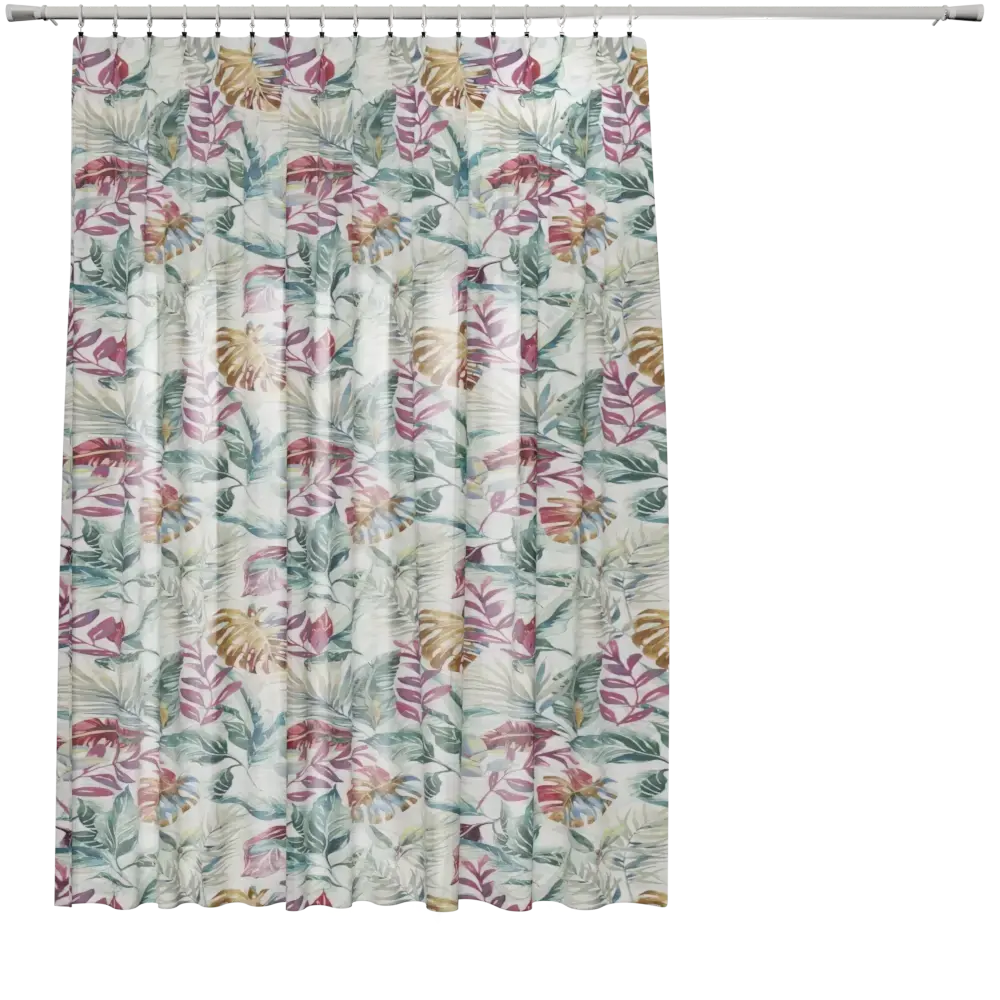What are you looking for?

How to measure Curtains and Voile Curtains?
Curtains and lace curtains are an indispensable textile furnishing element. They create a cosy atmosphere, let in the right amount of light (chosen by the household members) and optically enlarge the room. However, there is an important rule of thumb - in order for curtains and drapes to fulfil all of these functions, they need to be well chosen (e.g. in terms of style) and also have the right width and length. How do I measure curtains and how do I measure voile curtains?
Length of the curtain rod - a very important parameter
Among other things, the correct length of the curtain rod determines whether the curtains and drapes will fulfil their most important functions. It should be several tens (about 40-60 cm) longer than the window recess, i.e. 20-30 cm on each side (right and left). Such calculations only apply to a single choice - curtains or drapes. If householders want to combine two options (both curtains and drapes), the difference should be greater (curtain rod longer by about 70-80 cm from the window recess, so 35-40 cm on each side). In any case, the curtain rod should also be mounted 7-8 cm above the top edge of the window frame.
How to measure Voile Curtains on window?
Measuring a curtain relates to two parameters - length and width. By studying them, you can understand how to measure curtains. Let's analyse each aspect.
When it comes to length, a well-chosen curtain must be neither too long nor too short. The standard length of curtains is counted from the middle of the curtain pincer clips. A curtain on braces is measured from the end of the curtain tube, while a curtain on grommets is measured in the same way, only adding 3 cm to the result obtained.
When calculating the length of curtains that extend to the window sill, additional figures should be included. Such curtains should usually end 5-10 cm below or 1.5 cm above the window sill. It is rather inadvisable for curtains that reach (more or less) to the floor. They should end 2-3 cm above the ground. However, if householders dream of a draping effect, they need to take into account a new calculation - the curtains should be 5-20 cm longer than the distance between the glass and the window sill (an additional 5 cm at the top and 20 cm at the bottom should be added to the result obtained).
The width of the curtains is much easier to calculate. The first thing to consider is whether you want a crease effect (single or double). In the latter case, multiply the length of the curtain rod times 2 or 3. That's all you need to know about the topic: how to measure curtains.
How to measure Curtains on window?
Measuring a curtain on a window is less complicated than for curtains. It is customary that the curtain should end about 2-3 cm above the floor. However, a lot depends on the type of curtains. The length of a curtain with braces should be counted from the curtain tube, while a curtain with a grommet should be counted in the same way, adding 3 cm to the result. If householders decide to hang curtains with curtains, they must remember that the curtain should be slightly shorter (about 1 cm).
The width of the curtain depends on its function. If it is only to be decorative, it is worth thinking about a crease (grommet). On the other hand, if it is to serve a practical function (completely covering the window), it is better to choose a model with braces or castors. The width of the curtains is specified - manufacturers make models with standard widths (140-150 cm or 300 cm). If none of the above-mentioned widths suits the householder, they should consider buying a made-to-measure curtain - in its case, the width calculations are analogous to those for curtains.
How to measure the curtains is not too complicated. You just need to keep in mind the various calculations.
Once you've set up your favourite curtains in your living room, remember to care for them properly. Find out how to wash your curtains properly and why you should do so.
Blinds and curtains - is it a beneficial combination?
You are probably wondering how to combine blinds and curtains together. This is a pertinent question. Roller blinds and curtains are an increasingly popular combination in interior design. In this case, there is no need to focus on measurements - the curtains are calculated as presented in the previous paragraph - so the question of how to measure the curtains is very simple. The colour and material of the two covers play a bigger role. Curtains (made of any material) are most often matched with fabric blinds (they have a neutral character) or Roman blinds (but in moderation, so as not to over-decorate). Interior designers and architects also recommend the combination of curtains - wooden blinds. When it comes to blinds, clients often ask them which blinds to choose - ready-made or made-to-measure.
As far as the colour scheme is concerned, it is not advisable to go overboard with fabric colours and patterns. Moderation is advisable, e.g. matching roller blinds and curtains in a similar colour, from the same shade palette. Alternatively, a contrasting effect can be used (light roller blind and darker curtain, and vice versa).
help?
to call us
write to us
